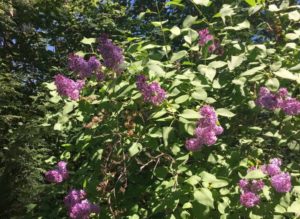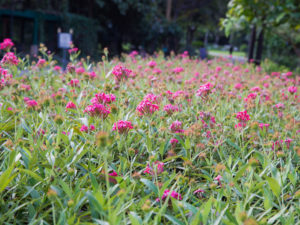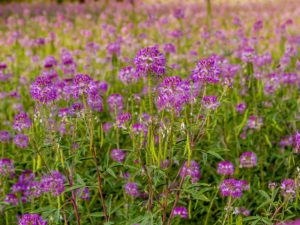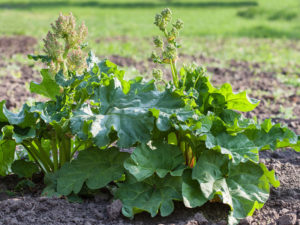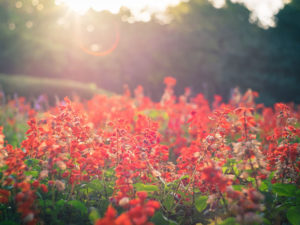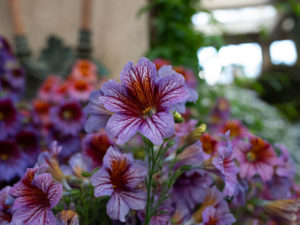Joseph’s Coat (Amaranthus tricolor) is a genus of more than 200 related fast-growing bushy perennials, grown for their colorful summertime foliage, both in and outdoors.
Native to North and Central America but cultivated in warm regions across the world, it was at times utilized as a herb, a green vegetable akin to how spinach is used today, a grain for porridge, and various medical purposes.
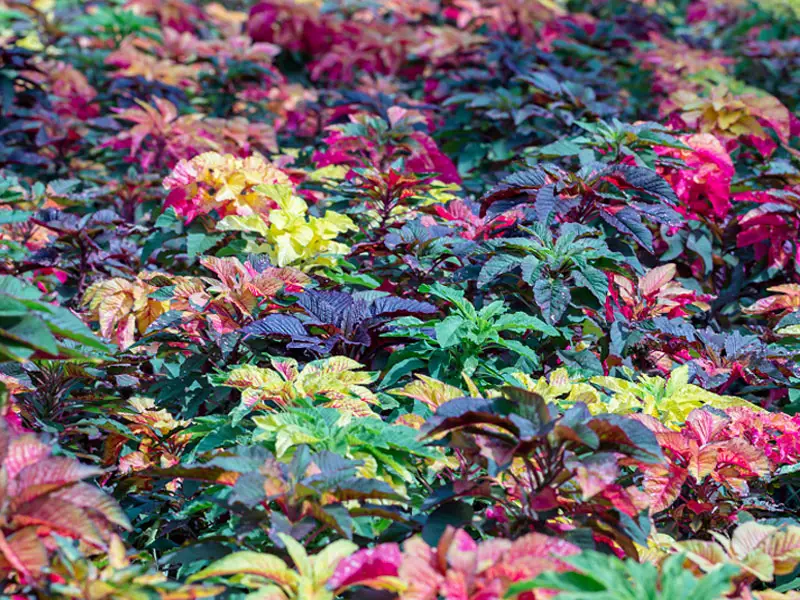
The genus name originates from the Greek word amarantos which means unfading, in reference to the vibrant colors of the long-lasting foliage.
Being a wildly cultivated plant, it does not have a known wild situation.
| Scientific Name | Amaranthus tricolor |
| Common Names | Joseph’s coat or tricolor amaranth |
| Hardiness | Relatively hardy 8-11 thrives in most USDA zones |
| Indoor or Outdoor Plant? | Indoor and outdoor |
| Sun Exposure | Full sun, partial sun |
| Water | Average |
| Size | Grows up to 60-120 cm tall and 30-60 cm wide |
| Soil Type | Moist, but well-drained, chalk, clay, loam, sand |
| Soil pH | Acid, alkaline, and neutral |
| Flower | Summer till late autumn |
| Growing Difficulty Level | low |
Joseph’s Coat Appearance and Characteristics
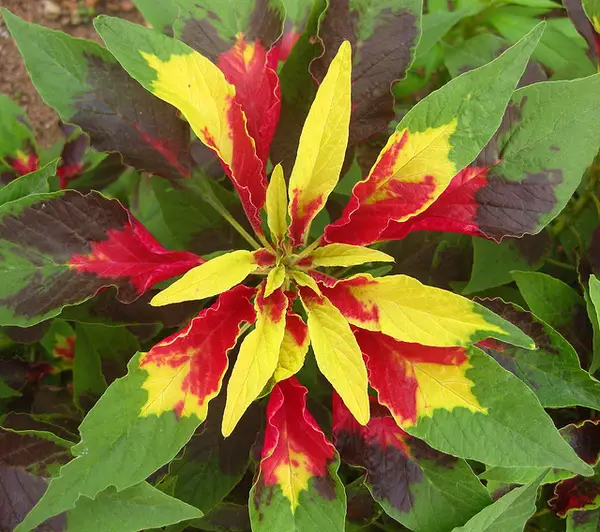
When it comes to Joseph’s Coat, its star feature is the foliage.
It has insignificant green to red flower clusters on tassel-like racemes but with not much ornamental value.
Grown for its foliage, this bushy upright annual grows green to purple shaded leaves, with variations that include brilliant shades of yellow, red, pink, and copper.
The leaves can also be variegated or spotted with color patterns and different textures.
Being a tropical plant that thrives in full sun and warmth, it is an excellent choice for borders, edging, and mass plantings.
If left unattended, Joseph’s Coat will grow large and bushy, which is fine for most gardeners, but it is best pruned once during late summer to keep new growth in check for those inclined to prune it.
They do work well as showy house plants.
Among the several hundred species available, you will be able to find the species that meets your requirements with variations of leaf size, shapes, patterns, and textures.
Joseph’s Coat Growing Guide
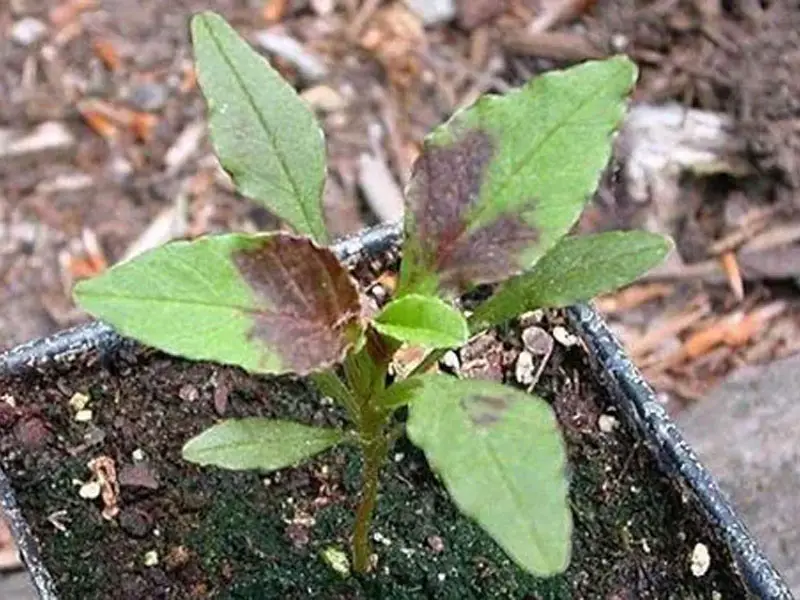
Joseph’s coat is a low-maintenance plant as long as it is grown in well-drained soil and receives lots of sunlight.
If you plan on starting them from seeds, it would be best to start them indoors in late winter, and once there is no longer a risk of frost outdoors, transplant seedlings to their new growing location.
If a compact, more orderly look is desired, it would be best to prune. Regular training by removing growing tips will also result in a more formal-looking plant.
It is vital to ensure plants are watered frequently during hot and dry seasons when growing in pots.
Potted specimens can be moved indoors during winter, placed in a spot with good light and ventilation, and watered sparingly.
Outdoor specimens can be lightly fertilized every second month, indoor plants about every second or third week.
Joseph’s coat generally flowers from autumn till winter. If you decide to grow Joseph’s coat in a greenhouse, ensure that it is receiving full light and thoroughly watered in its growing months.
Water
This plant is native to tropical areas, so you can imagine how much Joseph’s coats love water.
Watering should be adjusted to soil type and weather.
Clay soil should be watered lightly as they retain more moisture, while sandy soils need frequent water.
Joseph’s coat prefers regular but light watering, wetting the top 2.5cm of the soil.
New plants initially require daily watering.
Whether you are growing Joseph’s coat indoors or outdoors, it will require less water in winter.
Ensure that the soil drains well, as this plant will tolerate dry conditions but is quickly susceptible to rot in standing water.
Wilted plants will perk up noticeably after being watered.
Light
Joseph’s coat thrives under full sun; partial shade is fine when growing in hotter climates.
The more full sun the plants receive, the more colorful and vibrant the foliage will be.
Soil
Ideally, a good, well-drained organic soil is great for Joseph’s coat.
Joseph’s coat also responds well to liquid fertilizer dosing frequency depending on whether it is growing indoors or outdoors and depending on the visible health of the plant.
Knowing that the plant will require plenty of water, it is advisable to work in some extra organic matter like peat moss, garden compost, or manure to improve the drainage capabilities of the soil.
Temperature and Humidity
Joseph’s coat is at home in high humidity and full summer sun, so it deals well with heat and high temperatures but will not be able to withstand freezing temperatures.
Potting and Re-Potting
Josephs’s coat grows well in a container as long as the soil, water, and light parameters are met.
Transplanting is also not a problem as the plant recovers well from transplant shock.
Propagating and Pruning Joseph’s Coat
Seeds can be directly sown into the ground after the risk of frost has passed and outside daytime temperature is between 15- and 20-degrees C.
Joseph’s coat can easily be propagated with cuttings.
Root cuttings grow well when left in water and afterward can be transplanted to soil or pots with minimal issues.
Gardeners can also root cuttings in peat or moist sand by removing the leaves from the bottom 15cm of the cutting and inserting it with at least a pair of leaves above the surface level.
The best time to take cuttings is in spring or late summer.
To propagate by division, you would have to dig up the plant out of the soil, dividing roots into two or three sections ensuring each section has a stem emerging from it.
It’s so easy to propagate Joseph’s Coat if you have some extra little pots at hand.
They can make lovely little gifts for friends or family.
Pruning in the summer months will reign in the appearance of Joseph’s Coat.
This is a simple process of removing dead or unhealthy branches, making room for new growth.
Advantages of Growing Joseph’s Coat
As far as plants go, Joseph’s coat requires very little effort and is able to cope with a wide variety of climatic conditions.
The relatively tight internodes make it a versatile plant that can be utilized in many ways.
The smaller leafed varieties are ideally suited for the edges of garden beds, or they can be pruned and maintained as smaller colorful hedges.
Some of the smaller varieties make great additions to terrariums as they can be kept trimmed and well maintained easily on a very small scale.
Larger leafed varieties can be grown as middle borders and will intermingle well with other plants like petunias.
All Varieties of Joseph’s coat thrive in containers both in and outdoors when planted in a well-drained, general-purpose potting soil with a slow-release fertilizer.
Joseph’s Coat Pests, Diseases, and Problems
Generally, a disease-free and pest-resistant plant, Joseph’s coat is easy to maintain.
However, it doesn’t tolerate drought and is susceptible to rot if the soil is waterlogged.
Loss of color in foliage is often an indicator of rot or soil not draining well.
Note: Many insects feed on Joseph’s coat, so seeing a few holes in the leaves is not an uncommon occurrence.
Joseph’s Coat Seeds
Order one of these high-quality seed packs for the best chances growing of success:
Joseph’s Coat Amaranthus Tricolor



FAQs
Is Joseph’s coat toxic?
No Joseph’s coat is not toxic to humans nor animals, so it can be safely planted in and around the house and pose no threats to children or pets.
Which Joseph’s Coat variety should I choose?
It all comes down to appearance.
“Party Time” is a tall variant that does well in the shade and has deep pink and green colored foliage.
“Red Carpet” is a great ground cover variant growing to between 25 and 35 cm tall.
Other variants, “Early Splendor,” “Flaming Fountain,” “Splendens”, “Molten fire”, “Perfecta”, have various shades of brilliant red to yellow foliage.
“Green Thumb,” and “Pygmy Touch” are some of the more low-growing compact varieties.
Does Joseph’s coat pose a threat to native species?
No, it is not known to be invasive, and it does not survive through frost as it is native to tropical climates.
What are good companion plants for Joseph’s coat or vice versa?
When it comes to companion planting Joseph’s coat fills many possible roles, from providing shade for roots and maintain moisture for crops like sweetcorn and carrots.
Established beds are also able to provide support for runner beans and other legumes.
Growing Joseph’s coat with potatoes, peppers, or aubergines will protect these crops from harmful pests as it is known to be host to beneficial predatory beetles.
Can Joseph’s coat be used in salads?
Yes. Leaves can be used in salads with younger leaves having a milder flavor and can be used as a substitute for spinach in recipes.
Care should be taken if the plant has been grown in nitrogen-rich soil as it is known to leave high levels of nitrates in the leaves.
Larger stems can be eaten raw or cooked as a substitute for asparagus.
Is Joseph’s coat annual or perennial?
Joseph’s coat is a perennial which is grown as an annual in temperate climatic zones; only in warmer tropical zones does it grow as a perennial.
How do you eat Joseph’s coat seeds?
The Joseph’s coat seeds are easy to harvest and nutritious. Seeds can be cooked whole into a jelly-like broth, and native cultures would have ground seeds to flour for porridge making.


